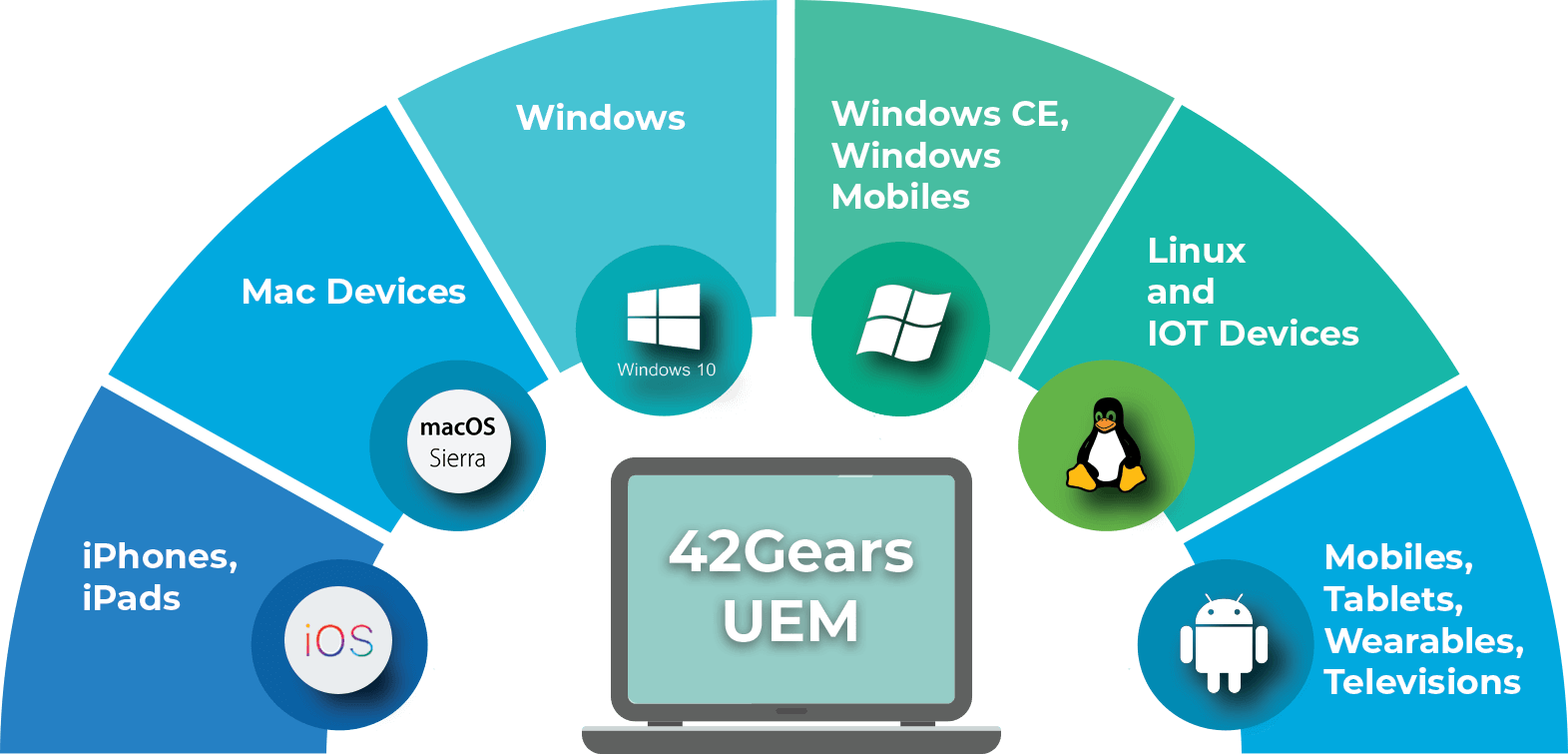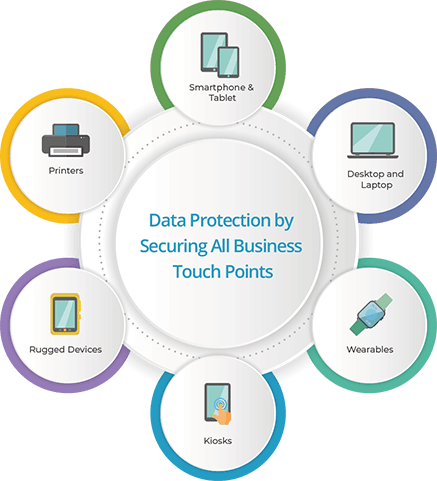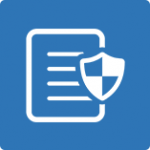Unified Endpoint Management

What is a Unified Endpoint Management (UEM) Solution?
A UEM solution is used to monitor, manage, and secure an organization’s devices from a single console, regardless of operating system or location.
Overview on UEM Solution
Enterprises once needed to worry only about desktops and laptops as endpoints. Traditional client management tools (CMT) sufficed for automating administration and support functions. The rise of mobile devices as enterprise endpoints brought a new wrinkle to the scene. Mobile device management (MDM) solutions were developed and adopted well after the widespread adoption of CMT tools, and differences between MDM and CMT tools posed challenges for utilizing all endpoints efficiently.
However, starting with the introduction of Windows 10 and iOS 11, IT teams gained the power to manage a range of devices remotely. 42Gears strove to build a unified approach for managing all types of endpoints, apps and content used in a business ecosystem. 42Gears’ unified endpoint management solution empowers IT teams to take a consistent and holistic approach towards endpoint management using a single device. 42Gears UEM fixes ineffective multi-platform dependencies to provide security and control over all business endpoints, both old and new.
42Gears UEM solution can also help enterprises seamlessly migrate from legacy platforms such as Windows 7 to better Enterprise Mobility Management (EMM) compliant platforms such as Windows 10. 42Gears UEM solution offers a single platform to manage all endpoints, regardless of type, user or use case. Furthermore, 42Gears’ UEM solution eliminates the problem of disjointed user experiences by ensuring that business processes and apps appear and function the same across all endpoints.
42Gears UEM supports all OS types
- Android
- iOS
- MacOS
- Windows
- Linux
42Gears UEM solution also makes it easier for enterprises to seamlessly migrate from legacy platforms such as Windows 7 to better EMM compliant version like Windows 10. It offers a single platform to manage all endpoints, regardless of type, user or use case.
Need for Unified Endpoint Management
A few years ago, IT admins were the lone wolves running to your desk to assist you with simple to complex tasks such as connecting to the company’s endpoints, software installation, software up-gradation, patching, setting up new accounts, deleting old accounts, and more. Along with that, they also had to focus on cyber security risks, which had become the top priority considering the growing sophistication of cyber attackers. However, it’s almost impossible for the IT team to be everywhere at all times. So, one question that kept the IT department awake at night was “how do we manage all these tasks simultaneously from one place?”
42Gears answers this question through its unified endpoint management solution. The UEM platform allows IT teams to control and manage multiple devices easily from one place while evaluating cyber-resilience factors, and ensuring data security.
42Gears UEM caters to all endpoints of a digital workspace
- BYO devices
- IoT devices
- Sensors and Gateways
- Desktops/Laptops
- Ruggedized devices
- Wearables
- Mobile and cloud apps
- Kiosks
- Printers

Benefits of 42Gears Unified Endpoint Management solution

Remove Endpoint Complexity
Fully-integrated support for multi-device architecture, each with unique security settings, services and configurations.

Improved User Productivity
Employees get to focus on the tasks they have to perform rather than how to access them.

Improved IT Security
A common set of processes for ensuring continuous security compliance across all supported devices and platforms.

Improved DLP
Protect sensitive user, device, application and network data with DLP policies through multi-layer user authentication and advanced access control.
Frequently Asked Questions
What is Unified Endpoint Management (UEM) and why is it important?
How does UEM improve endpoint security?
What devices can be managed with Unified Endpoint Management?
What are the key features of a UEM solution?
What are the benefits of using a Unified Endpoint Management solution?
What is the difference between MDM and UEM?
42Gears UEM allows IT to adopt rapid, automated and on-demand capabilities such as virtual assistant for EMM. It eliminates the problem of disjointed user experience by ensuring that business processes and apps appear and function the same, irrespective on which endpoint the end users access them.